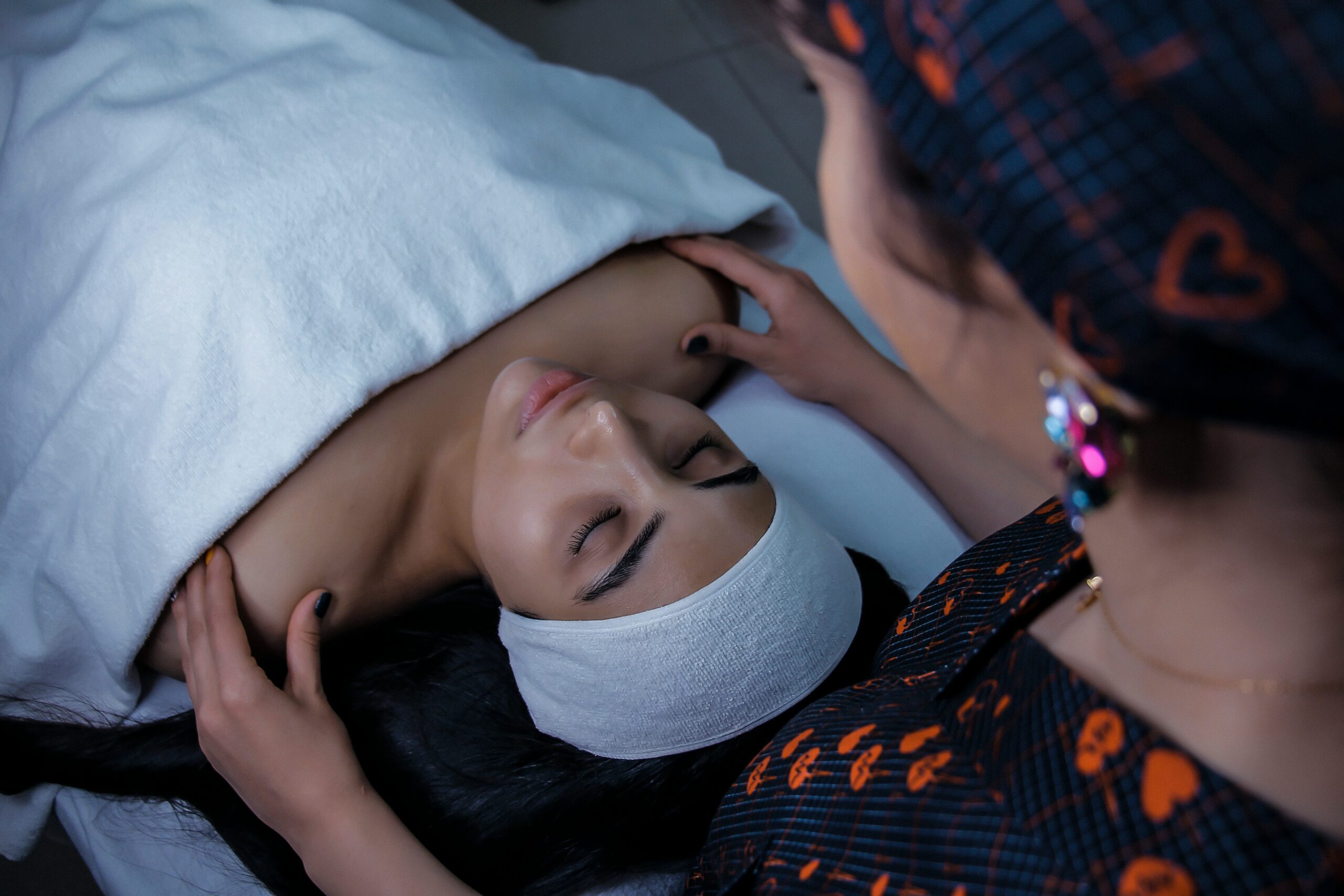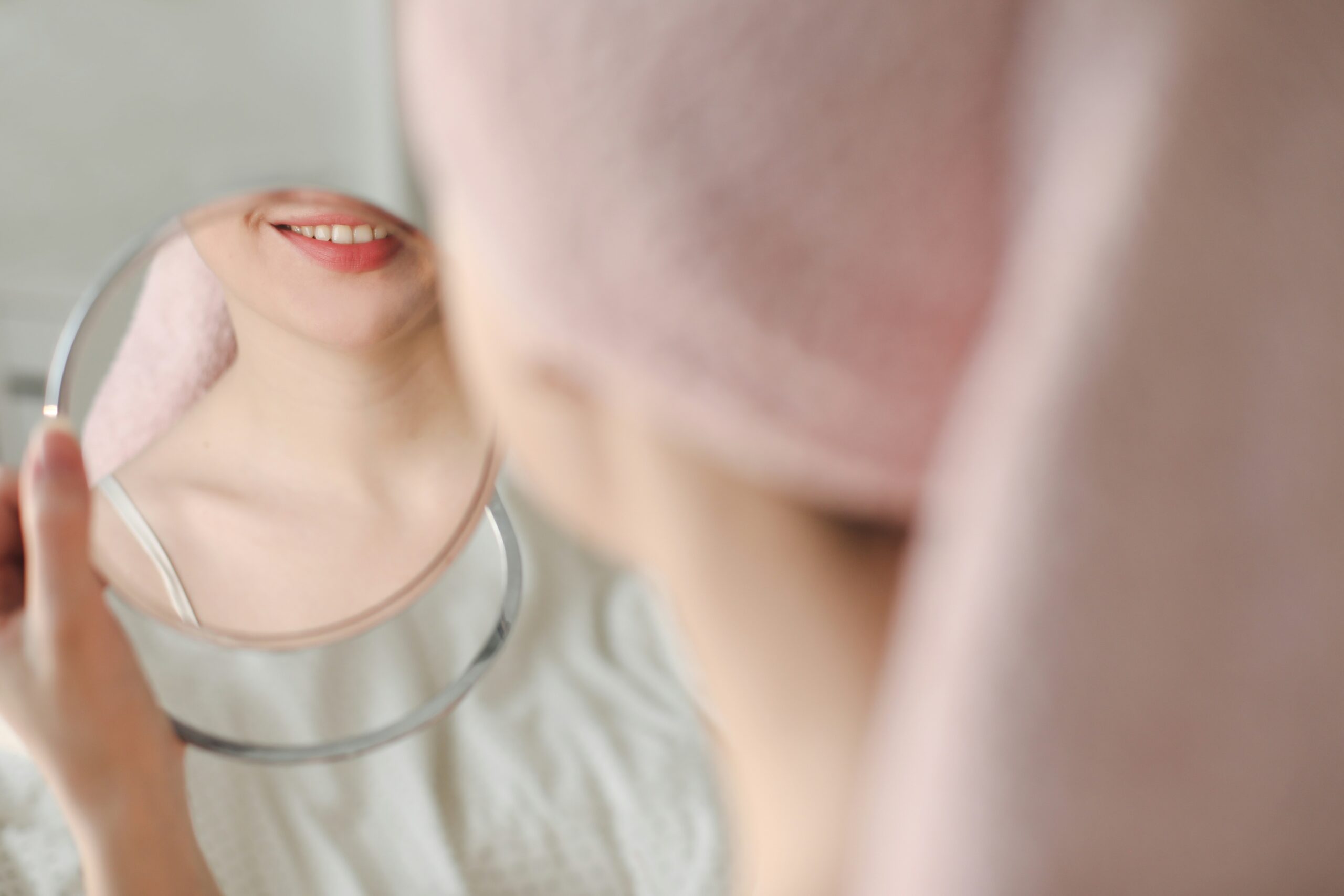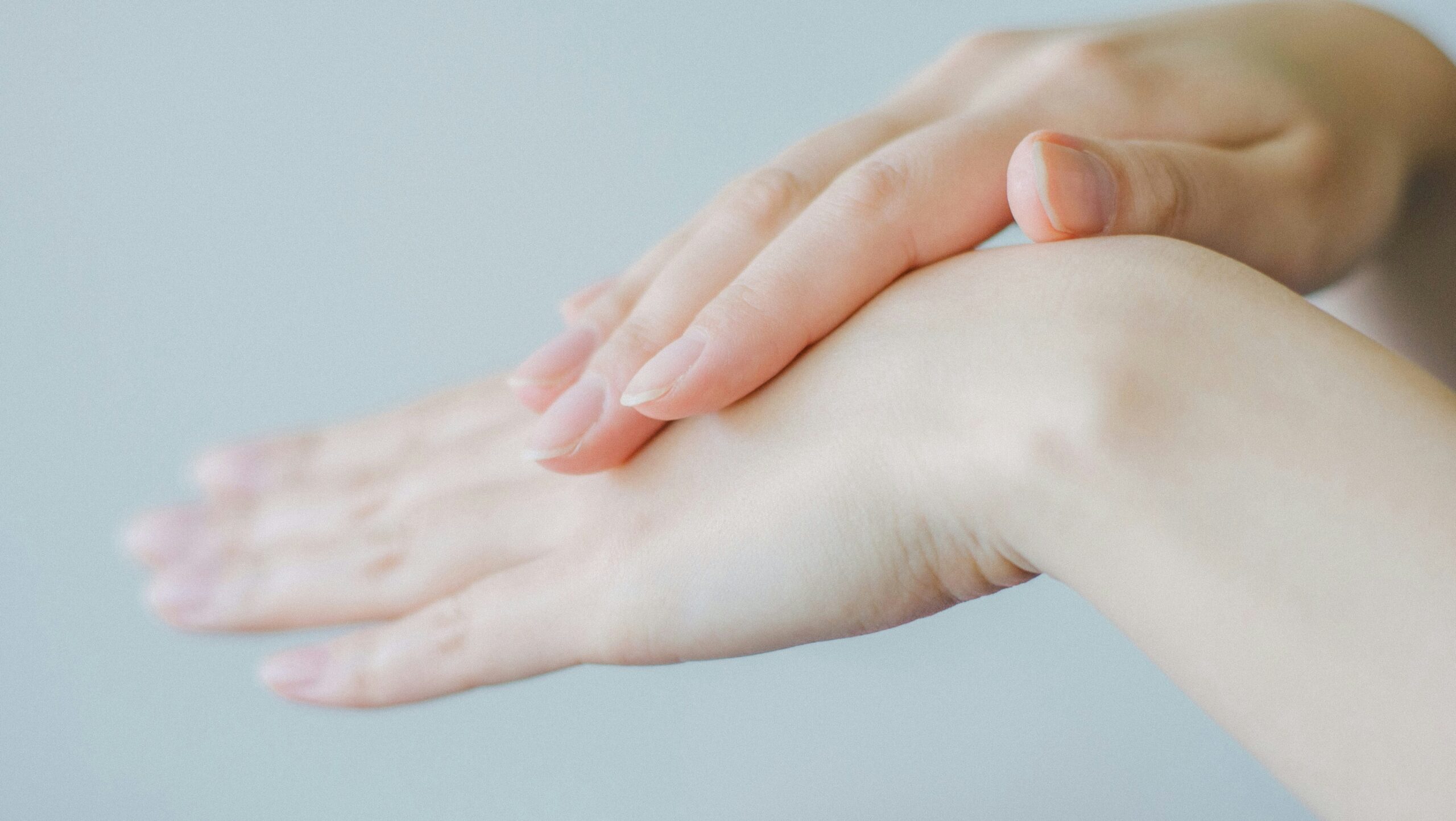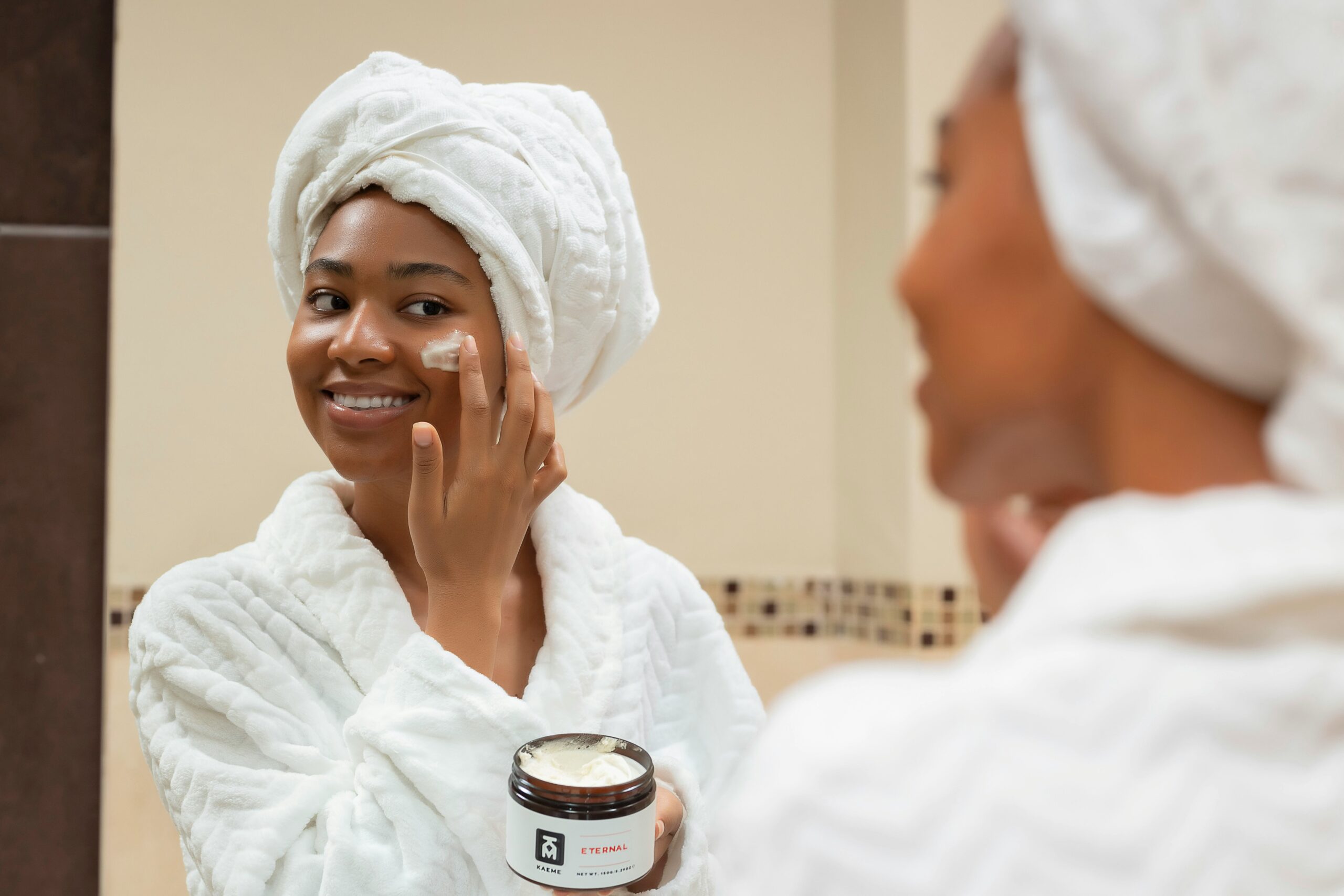Microneedling is a relatively novel and minimally invasive dermatological procedure. The process involves tiny needles that inflict small holes in the epidermis. Its purpose is to incentivize and kick-start collagen and elastin. The outcome of the procedure is skin remodeling. This tiny damage is rapidly healed, and the epidermis stays nearly intact, which helps reduce side effects.
Microneedling therapy can be used for several indications, but its clinical use in dermatology is becoming more popular. Microneedling is an original device consisting of tips or rods that work to renew the skin. But now it is also used for different things.

Micro-needling is a quite safe procedure, but it also has contraindications and possible complications. Because of its effectiveness, safety, and ease of use, micro-needling is a useful therapeutic option that should be considered. It is the last hope for many patients who have failed other treatments. Learn if you, too, could get this treatment.
But how does the micropuncture treatment process work? Micropunctures, as we said before, are micro-injuries to the skin that cells under control. The epidermis is spared from excessive damage and micro-injuries with minimal, superficial bleeding. Creating micro-injuries triggers the wound-healing process, activating several beneficial processes. It is also triggered tissue growth factor and intercellular matrix formation. It regulates collagen deposition, which leads to skin tightening.
The increase in collagen![]() and elastin
and elastin![]() deposited is highly amplified by doing multiple sessions of micro-puncture at appropriate intervals apart. This leads to impactful and permanent results. Not only should the effects of the pricking itself be considered, but therapeutic substances may also penetrate deeper layers of the skin during this procedure. Micro-needling improves the penetration of several drugs across the skin barrier due to micro-channels forming, bypassing the stratum corneum and directly into the vascularised dermis. As a result, this sort of procedure has several wellness buildings and can deal with a host of skin problems.
deposited is highly amplified by doing multiple sessions of micro-puncture at appropriate intervals apart. This leads to impactful and permanent results. Not only should the effects of the pricking itself be considered, but therapeutic substances may also penetrate deeper layers of the skin during this procedure. Micro-needling improves the penetration of several drugs across the skin barrier due to micro-channels forming, bypassing the stratum corneum and directly into the vascularised dermis. As a result, this sort of procedure has several wellness buildings and can deal with a host of skin problems.
Micro-needle mesotherapy is a treatment for different dermatological diseases. It is a procedure that involves in-depth skin treatment on the face and décolleté, as well as the scalp and body. The cosmetologist can tell not only how deep the punctures will go but also the speed at which they will pull themselves back up.
Sometimes, local anesthesia is used based on the extent of punctures and the area. The agents utilized for mesotherapy must be purpose-made formulations. The micro-needle mesotherapy results are influenced by various factors, including but not limited to the skin condition before the treatment and the age of a patient. Micro-needle mesotherapy can be used for many different purposes. It is usually done to tighten and firm the skin. The same goes for many specific defects that this treatment can fix.

Pigmentation disorders are issues related to the malfunction of melanin. It leads to hyperpigmentation (dark or light spots that can be unappealing). The rest of the hyperpigmentation depends on skin type, age, and sun exposure. Various diseases also remain a cause of some hyperpigmentation. All forms of hyperpigmentation are not a disease with an indication for treatment; some are self-limiting, and others may be completely innocuous to the patient who seeks removal.
An example of micro-needle mesotherapy that is very good for skin hyperpigmentation is that it stimulates the skin to regenerate and rebuild. In combination with the topical application of skin whitening agents, the puncture process can also be useful for conditions such as melasma![]() .
.
Micro-needle therapy is primarily used to remove different kinds of scars. This, among many other things, is the ideal procedure for patients with acne scars![]() that appear more desirable. Following a series of treatments, patients should notice a moderate improvement in the severity of their acne scars and a marked reduction in the level of irregularity of the skin surface.
that appear more desirable. Following a series of treatments, patients should notice a moderate improvement in the severity of their acne scars and a marked reduction in the level of irregularity of the skin surface.
Microneedling has also been researched to treat other scars, such as those from burns and stretch marks, among others. This enhances the collagen, skin thickness, and elastic fibers subepidermally, without any change in the epidermal thickness, leading to a reduction in enzymatic level factor and a decrease in scar severity. However, the results of treatment may have more to do with how easily your skin changes and the kind of scar – some scars will prove trickier than others.
Alopecia of different origins is also one indication for using colloquially termed micro needling treatments. Microneedling is also suitable for androgenetic alopecia and alopecia areata, particularly when the procedure is paired with solution delivery. Therapeutic substances will reduce the loss of hair for topical use. The treatment aims to achieve hair regrowth and stop the thinning process.
Some researchers believe that micro-needle mesotherapy and active medicinal substances usage in hair loss preparations may exert synergistic actions and lead to novel therapeutic approaches for hair loss. Micro-needle mesotherapy treatment is applied to the scalp in men and women to prevent baldness and hair loss, regardless of the reason for baldness.

Fractional micro-needle radiofrequency can also be used for primary underarm hyperhidrosis![]() . Hyperhidrosis refers to great sweating confined to one or more body regions. Generally, sweating is a natural physiological process aiming to cool the human body. For a handful, however, prodigious perspiration regarding the entire body restricts their performance of day-to-day activities. The use of antiperspirants is not enough in such cases. The ability to reduce sweating in an area treated depends on the underlying cause and level of the problem. Purpose: Radiofrequency microneedling is used to ablate the sweat glands responsible for hyperhidrosis.
. Hyperhidrosis refers to great sweating confined to one or more body regions. Generally, sweating is a natural physiological process aiming to cool the human body. For a handful, however, prodigious perspiration regarding the entire body restricts their performance of day-to-day activities. The use of antiperspirants is not enough in such cases. The ability to reduce sweating in an area treated depends on the underlying cause and level of the problem. Purpose: Radiofrequency microneedling is used to ablate the sweat glands responsible for hyperhidrosis.
Micro-needling is a low-risk procedure that is typically well-tolerated. Side effects seldom accompany the procedure. Based on puncturing onto the skin with devices, this treatment requires to be done in clean and sterile environments. Micro-needle mesotherapy, professionally performed, is regarded as one of the safest aesthetic medicine procedures and is very effective. However, a few contraindications must be followed to avoid complications and adverse effects.
This treatment is frequently suggested for many acne lesions. The micro-needling procedure has been proven effective in treating acne. However, active acne with inflammatory lesions present is a contraindication to microneedling treatment. Patients with active acne do not go for any invasive treatments as it has a high probability of worsening symptoms. Active and inflamed acne has bacteria, and microneedling over infected skin can spread the bacteria on the needles across your skin. So, better be safe than overdose and spoil your skin.

If an infection is present in or around the area being piloted, then a puncture treatment cannot be utilized. This means herpes labialis![]() or warts that are active. For the same reasons, it is a contraindication for active acne. It is not suitable for inflammation caused by other pathogens like bacteria and fungi. The needle puncturing process can transfer dangerous pathogens and spread the disease. Thus, operating in this condition will aggravate the symptoms of infection.
or warts that are active. For the same reasons, it is a contraindication for active acne. It is not suitable for inflammation caused by other pathogens like bacteria and fungi. The needle puncturing process can transfer dangerous pathogens and spread the disease. Thus, operating in this condition will aggravate the symptoms of infection.
A slightly invasive procedure may also be contraindicated in the presence of moderate and acute skin diseases. Things like eczema![]() or psoriasis
or psoriasis![]() . These symptoms may complicate the puncture procedure if it is done with risk to these patients suffering such diseases. So, speaking with a doctor/dermatologist before continuing is best. The course of eczema and psoriasis may be mild or severe, depending on the site of skin lesions and the severity of systemic symptoms. If the course is mild, a doctor may choose microneedling to deal with the situation.
. These symptoms may complicate the puncture procedure if it is done with risk to these patients suffering such diseases. So, speaking with a doctor/dermatologist before continuing is best. The course of eczema and psoriasis may be mild or severe, depending on the site of skin lesions and the severity of systemic symptoms. If the course is mild, a doctor may choose microneedling to deal with the situation.
The keloid, or scar, is hard skin that appears even after a small trauma. It is a specific area of skin that sticks up and looks different most of the time and may be darker. Microneedling is a no-go for very keloid-prone patients. Keloid scarring is a pathological process that needs to be treated to prevent it from developing further. Invasive procedures, however, can put patients at risk of symptom aggravation or inciting new skin lesions.

Microneedling procedures should be off-limits to immunocompromised patients, including chemotherapy patients. In these patients, performing the procedure can lead to unnecessary complications. For example, immunocompromised patients have slower wound healing, so the micro-injuries created by these two procedures would pose a significantly greater risk.
However, when performing a puncture with another substance, it is important to determine whether the patient tolerates this chemical compound. It is always advisable to ensure that an allergic reaction is not at risk first, which would be well possible with the ingredient in the cosmetic preparations used during the procedure. If there is an ingredient allergy, you will irritate yourself and have different skin problems that you cannot treat with micro needling.
Microneedling is known to be uncomfortable and somewhat painful. Therefore, local anesthesia is used in certain cases as well. An antiseptic solution is also applied before the treatment. It takes only about 15–20 minutes![]() to get your whole face done. The micro-needle treatment with an immediately used postoperative serum on the skin at the time of the pricks promotes a regenerative effect in the healing of these wounds created due to micro-needles. It results in improved clinical and histological outcomes.
to get your whole face done. The micro-needle treatment with an immediately used postoperative serum on the skin at the time of the pricks promotes a regenerative effect in the healing of these wounds created due to micro-needles. It results in improved clinical and histological outcomes.
However, it is also necessary to carefully care for the skin because some postoperative irritation can happen after the treatment. After the skin puncture procedure, mild swelling, erythema, and scaling occurred. The symptoms are mild. Therefore, the patients can return to their daily activities the following day.
However, they do have to adhere to common-sense precautions of applying sunscreen regularly, staying out of the sunlight, and staying away from brutal chemicals for at least several days after the procedure. Patients must also understand that they should not expect to see the results immediately because they will not be visible until months after the procedure.

As with any procedure, micro-needling has pros and cons. Two undeniable strengths are the rather short healing time compared to other methods of rejuvenation and the fact that it is a well-tolerated and easy technique to master. Despite the need for recommendations on micro-needling, not yet enough research has been done into it. This could lead to some complications, too.
There is a significantly lower risk for micro-needling to contribute to post-treatment hyperpigmentation than in other dermatological procedures. For example, the use of energy-based devices like lasers presents a higher risk for hyperpigmentation. However, since micro-needling treatments are mildly invasive, they can lead to hyperpigmentation in exposed patients. The risk is worth knowing.
Some patients in studies examining micro needling treatments experienced reactivation of the herpes simplex virus. Herpes simplex is one of the most commonly transmitted infectious skin and mucous membrane diseases. Its course is typically chronic and relapsing. As a result, dermatological procedures that irritate the skin can trigger inflammation. After the procedure, take note of your skin.
An invasive procedure may trigger a superficial infection in the patient. Impetigo![]() is one of those infections. A break in the skin can often result in a bacterial infection. Infectious impetigo is a bacterial skin disease characterized by infection with streptococcal or staphylococcal organisms. The way to lower the risk is to have professional procedures at respected institutions that apply medical standards in disinfection and sterilization.
is one of those infections. A break in the skin can often result in a bacterial infection. Infectious impetigo is a bacterial skin disease characterized by infection with streptococcal or staphylococcal organisms. The way to lower the risk is to have professional procedures at respected institutions that apply medical standards in disinfection and sterilization.

Hypersensitivity to the drug used for treatment is a contraindication to its holding, although patients usually do not know about hypersensitivity to chemical compounds. So, there is some risk of an allergic reaction when microneedling, especially the first time. There can also be allergic granulomatous reactions to the materials used and allergic contact dermatitis to needle materials.
Micro-needling is a relatively new dermatological solution that you can use for multiple issues. This process leads to remodeling of the skin as a result of the treatment. It helps remove different forms of skin lesions, including scars. It is a relatively safe procedure, though not without contraindications and potential complications. However, you should first consult a dermatologist before proceeding with the procedure.